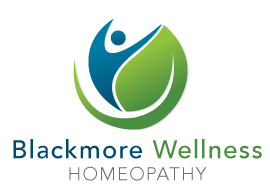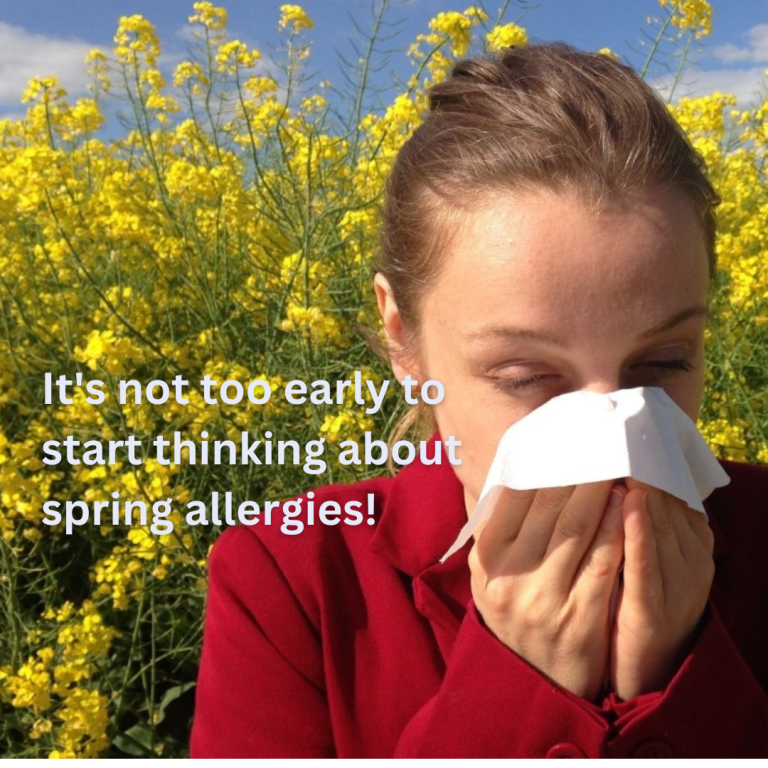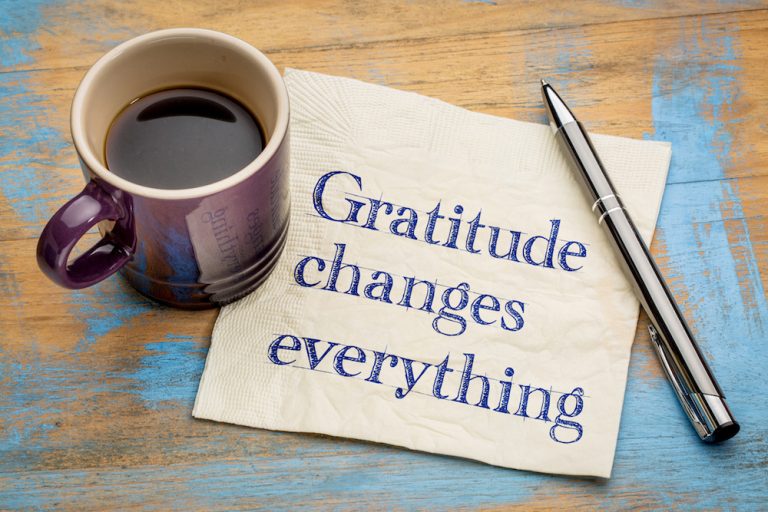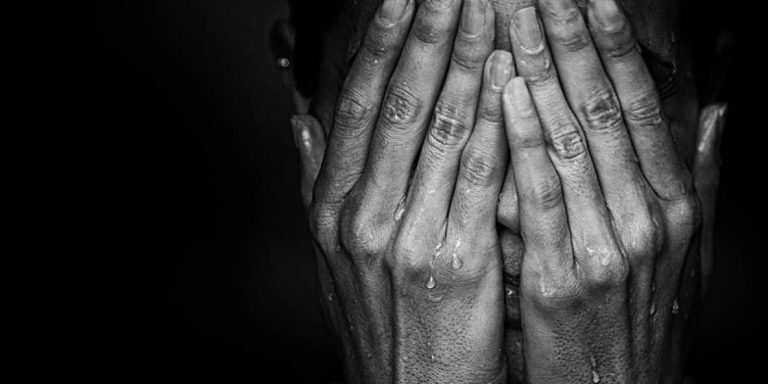Do you have Seasonal Affective Disorder (SAD)?
Seasonal Affective Disorder (SAD) is a type of depression that occurs during certain seasons, typically in the fall and winter. It is estimated that up to 5% of the population in the United States and Canada suffers from SAD, while another 10-20% may experience a milder form of the disorder known as the “winter blues.”
Symptoms of SAD include feelings of sadness, hopelessness, and loss of interest in activities, as well as changes in appetite, sleep patterns, and energy levels. These symptoms may be severe enough to interfere with daily life and functioning.
The exact cause of SAD is not fully understood, but it is believed to be related to changes in the levels of certain chemicals in the brain, particularly serotonin and melatonin. The decrease in sunlight that occurs during the fall and winter months may also play a role, as it can disrupt the body’s circadian rhythm and affect the balance of these chemicals.
Treatment for SAD typically includes a combination of light therapy, psychotherapy, and medication. Light therapy, also known as phototherapy, involves exposing the individual to a special type of light box that mimics natural sunlight. This can help to regulate the body’s circadian rhythm and improve symptoms.
Psychotherapy, such as cognitive-behavioral therapy, can also be helpful in managing SAD. This type of therapy can help individuals identify and change negative thought patterns and behaviors that may be contributing to their symptoms.
Homeopathic medicine can effectively treat SAD. Homeopaths may use a variety of remedies to treat SAD, depending on the individual’s specific symptoms. Some commonly used remedies for SAD include Aurum metallicum, for individuals who feel hopeless and despairing; Phosphorus, for those who feel anxious and easily overwhelmed; and Natrum muriaticum, for individuals who feel lonely and isolated.
Homeopaths may also use a constitutional remedy, which is a remedy that is chosen based on the individual’s overall physical and emotional characteristics. This type of remedy is intended to address the underlying cause of the disorder, rather than just the symptoms.
Preventive measures include regular physical activity, eating healthy foods, managing stress and try to expose yourself to natural light as much as possible. Getting outside in natural light during the day, especially in the morning, can also help to regulate the body’s circadian rhythm and improve symptoms.
In conclusion, Seasonal Affective Disorder is a form of depression that occurs during certain seasons, typically in the fall and winter. It is caused by changes in the levels of certain chemicals in the brain, particularly serotonin and melatonin. Light therapy, psychotherapy, and medication are the common ways to treat SAD. With the right treatment, individuals with SAD can experience significant improvement in their symptoms and quality of life.







